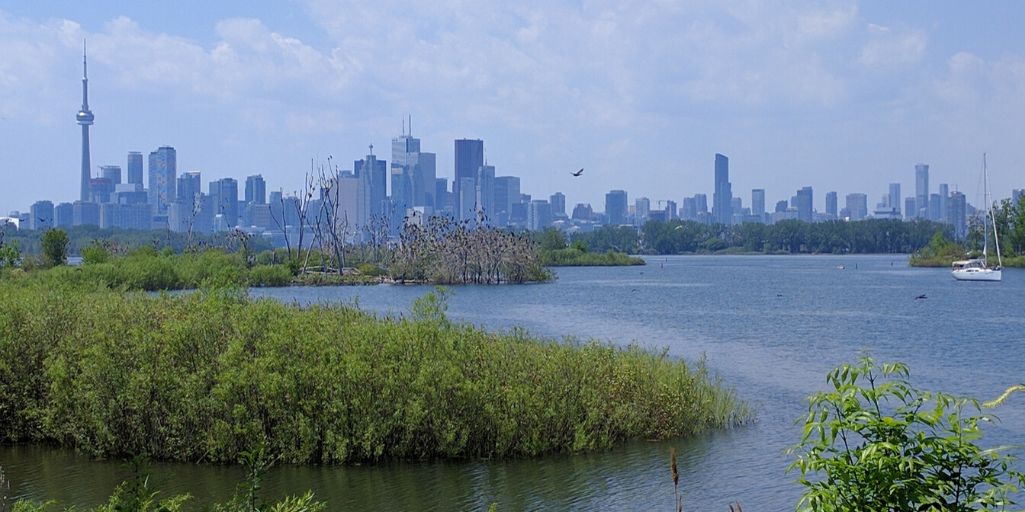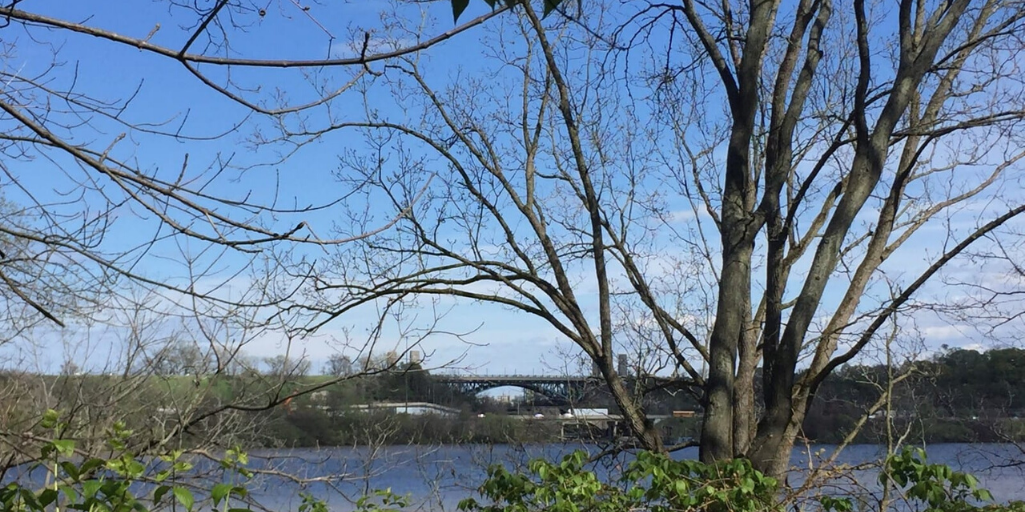By Anna Baggio and Dave Pearce*
Recently Ontario Premier Doug Ford said he understood why some city dwellers overcrowded a local beach in Toronto during a pandemic: “They want to get out. They start going squirrelly in a condo or town home. You want to get outside and there is only so much space here and so many beaches here in Toronto.” We agree Premier! And, among the many lessons COVID-19 has taught society, is the need to build back better with equity, inclusivity and nature in mind. We need more natural areas where all people can go to rejuvenate, recreate and recuperate in cities, in the country and in the bush. This Parks Day, July 18, let’s work together to put nature at the heart of COVID-19 recovery plans.

This is an area government has the power to do something about. In the midst of the pandemic, many are committing to investing in rebuilding our natural world while also rebuilding their economies (e.g., Europe’s Green Deal). In Canada, the federal government has just renewed its promise to protect 25% of Canadas land and oceans by 2025 while creating jobs.
In stark contrast to the momentum that is building for enhanced nature conservation elsewhere in the world, Ontario seems stuck in a past era when nature was a resource to be exploited as fast as possible. Its proposal to increase urban sprawl by opening up more precious farmlands and other rural areas to developers in southern Ontario is causing deep concern. The recent push to double logging in northern Ontario will foreclose on options to build back better after the pandemic, contribute to the demise of endangered species like caribou, and worsen our climate crisis. The tunnel vision on red tape reduction is undermining stewardship of our forests by exempting forestry from environmental oversight. All the while, logging continues in Ontario’s flagship park, Algonquin, harming the park’s ecosystems. Other natural ecosystems are declining too, first from threats such as fragmentation, contamination and overuse and second, from neglect and provincial underfunding. For example, Ontario’s conservation authorities – watershed-based government agencies envied in other jurisdictions – manage over 270 conservation areas (a total of approximately 146,000 hectares). Rather than investing in the health of our waters and lands, the government is restricting their mandates and reducing their funding.
The Made-in-Ontario Environment Plan proposes increasing park visitors by a million people per year; however, the investments necessary to ensure parks can accommodate these visitors without putting the wildlife and ecosystems they protect at greater risk haven’t been made. Without sufficient enforcement, proper monitoring for ecological integrity, and naturalist programs, we may end up loving our parks to death. Just like we’ve learned to be cautious not to overload our health care system, we must also take great care to manage the burdens on our protected areas. It would help if we also had more ambition when it came to protected areas, currently Ontario is at about 10%. Evidence shows that at least 30% and as much as 70% or more of ecosystems need to be protected to safeguard and restore the health of the planet.
Rather than liquidating nature, the provincial government could work with Ontarians to safeguard nature to mitigate the worst impacts of climate change, stem the loss of biodiversity, create green jobs and add room for all people to get out into nature, especially near large urban centres.

Here are three easy ways to get started:
One, where natural areas are at a premium, and cities are under threat from flood & drought, focus on protecting and restoring connected networks of natural areas. This means halting plans to open up farmlands and other precious areas to sprawling development. Invest in protected areas management and conservation authorities to take care of watersheds.
Reverse plans to double logging. Develop resilient, northern economies that can survive economic downturns. The forest sector should be transformed towards producing longer-lived products with more market value, more jobs, less waste and a substantially smaller forest and carbon footprint.
Third, work with Moose Cree First Nation, Kitchenuhmaykoosib Inninuwug Nation and other Nations to create Indigenous Protected Areas in Ontario. These are areas, especially in the north, that protect clean water, biodiversity and hold rich carbon stores. Indigenous Protected Areas also create jobs for remote communities.
*Anna Baggio is the Director, Conservation Planning and Dave Pearce is the Forest Conservation Manager for Wildlands League, a leading conservation charity in Canada.

